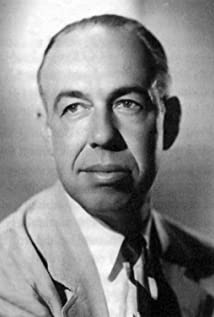Trained in classical music at Columbia University, Webb worked on Broadway by the time he was in his mid-20's, not only composing incidental music, but co-writing original plays with his older brother, the director Kenneth S. Webb. By 1923, he worked as conductor/arranger on hit shows like "Music Box Revue" and "Stepping Stones". Two years later, a collaboration with his illustrious peer Max Steiner led to a lasting friendship, as well as (by his own admission) profoundly influencing his own future career as a composer. At the end of the decade, Steiner, then head of the music department at RKO, persuaded Webb to accept an assignment in Hollywood, scoring the musical Rio Rita (1929).
Steiner remained in charge until his departure in 1935, when Webb effectively took his place, remaining a fixture at RKO until 1955. He often worked in conjunction with Bernard Herrmann and C. Bakaleinikoff, supervising, conducting and composing scores for literally hundreds of films. As a composer, his style was somewhat akin to that of Herbert Stothart, in that it was more subtle, less overtly dramatic, yet still perfectly integrated with the action, or imperceptibly underscoring the dialogue. A good example is the romantic violin-laden score for the sentimental drama Su milagro de amor (1945). The piano concerto from this film was performed later that year at the Hollywood Bowl.
Better still, were his understated, eerily effective horror themes, setting the mood for the films of Val Lewton, of which La marca de la pantera (1942) and El profanador de tumbas (1945) are absolute standouts. Webb's other noteworthy contribution was in the field of thrillers and films noir, notably La escalera de caracol (1946), Tuyo es mi corazón (1946) and Traidora y mortal (1947). After RKO wound down, Webb free-lanced for several years, working variously at Warners, Paramount and for John Wayne's Batjac Productions. Though his entire collection of manuscripts was sadly lost in a house fire, copies of his scores from the RKO vaults have been preserved at UCLA.

